Drainage in Seed Trays: Why It’s Critical for Strong Root Systems
2025-07-30 18:28:10
Drainage in Seed Trays: Why It’s Critical for Strong Root Systems
When starting seeds, many growers focus on soil quality, lighting, and temperature. But one often-overlooked detail can dramatically impact the health and survival of seedlings: drainage in seed trays.
Whether you’re growing herbs on a windowsill or preparing hundreds of vegetable starts in a greenhouse, ensuring proper drainage in your seed trays is essential. Poor drainage leads to weak roots, disease, and ultimately plant failure. By contrast, well-designed seed trays with adequate drainage set the stage for strong, healthy seedlings ready for transplant.
Let’s break down exactly why drainage matters, what happens when it’s ignored, and how to choose seed trays that support ideal root development.
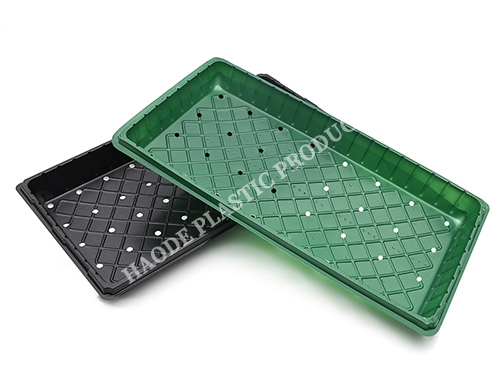
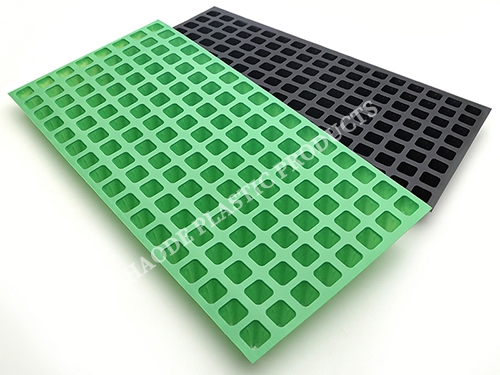
Why Good Drainage Is Essential in Seed Trays
1. Prevents Waterlogged Soil
Without proper drainage, water accumulates in the bottom of the tray, saturating the soil. This leads to suffocated roots, a lack of oxygen, and eventual decay. Overly wet soil disrupts the delicate balance seedlings need—moist, but not soggy.
Good drainage allows excess water to escape while maintaining just the right level of moisture for germination and early growth.
2. Encourages Strong Root Growth
Healthy root systems need both water and air. If roots are constantly submerged in water, they stop growing downward and outward. Well-drained seed trays promote downward root development as plants reach toward moisture below. This creates a resilient root network that supports vigorous above-ground growth.
3. Reduces the Risk of Fungal Disease
Excessive moisture creates a breeding ground for fungi and bacteria. Conditions like damping-off—a common disease that kills seedlings at the soil line—are more likely in trays without drainage. Mold and algae also thrive in waterlogged environments, further stressing young plants.
Trays with proper drainage allow the soil surface to dry between waterings, reducing fungal risks and improving seedling survival.
Common Problems with Seed Trays That Lack Drainage
Seed trays without drainage may look neat and simple, but they bring real risks to plant health. Some common issues include:
Seed failure due to rotting before sprouting
Wilting seedlings despite regular watering
Slimy soil surface or green mold growth
Shallow or tangled roots due to poor oxygen flow
Weak, pale plants that don’t recover after transplanting
In contrast, using well-drained seed trays creates an environment that supports germination, encourages deeper roots, and builds resilience into each plant from the very start.
What to Look for in the Best Seed Trays with Drainage
Choosing the right seed tray design is critical to your growing success. Here are several features to look for:
Multiple drainage holes per cell:
Avoid trays with a single tiny hole or none at all. Multiple drainage points help distribute water evenly and reduce pooling.
Rigid construction:
Seed trays should be firm and maintain their shape even when full of moist soil. Flimsy trays can collapse, block drainage, or promote uneven watering.
Bottom tray compatibility:
Choose seed trays that pair with a bottom tray to collect runoff. This makes bottom watering possible and keeps surfaces clean without compromising moisture control.
Reusable material:
Durable plastic or biodegradable fiber trays can be cleaned and reused, reducing waste while supporting consistent plant performance.
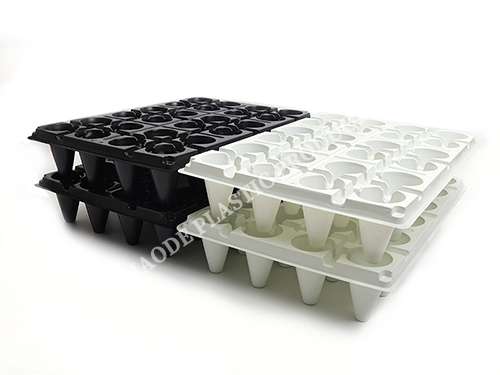
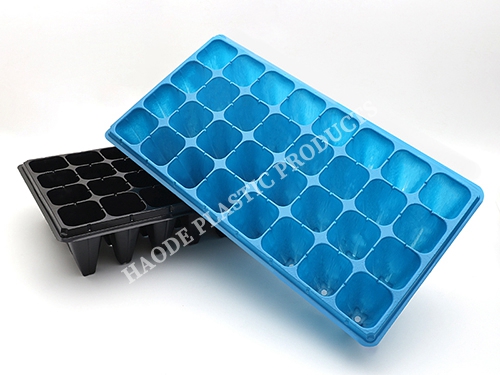
How to Use Drainage-Optimized Seed Trays Effectively
Even with great trays, proper technique makes a difference. Here’s how to maximize your seed-starting setup:
Water gently and evenly, avoiding over-saturation
Use a bottom tray to collect excess water and allow capillary action
Lift seed trays slightly to promote airflow underneath
Keep trays out of standing water for extended periods
Clean trays thoroughly between planting cycles to remove pathogens
These practices help maintain a healthy growing environment and make the most of your seed trays’ drainage features.
Why It’s Worth Investing in High-Quality Seed Trays
While it may be tempting to save money with low-cost, no-drainage trays, the consequences can be costly—lost seedlings, wasted soil, and weeks of lost time. For growers who care about plant health and success, drainage isn’t optional—it’s essential.
Seed trays with proper drainage aren’t just more effective; they’re more sustainable and easier to work with. They support a more uniform, reliable growing process and reduce the need for constant monitoring or correction.
Conclusion: Drainage Makes the Difference
Healthy seedlings start with the right foundation. And in the case of seed trays, that means reliable, well-placed drainage. Without it, even the best soil, seeds, and lighting can’t prevent root stress and disease.
If you’ve struggled with weak seedlings, moldy soil, or poor transplant success, take a closer look at your trays. Investing in drainage-optimized seed trays is one of the simplest, most impactful upgrades you can make to your growing system.
Choose wisely. Choose seed trays that are designed to grow better, stronger plants from the roots up.
References
GB/T 7714:Bunt B R. Media and mixes for container-grown plants: a manual on the preparation and use of growing media for pot plants[M]. Springer Science & Business Media, 2012.
MLA:Bunt, B. R. Media and mixes for container-grown plants: a manual on the preparation and use of growing media for pot plants. Springer Science & Business Media, 2012.
APA:Bunt, B. R. (2012). Media and mixes for container-grown plants: a manual on the preparation and use of growing media for pot plants. Springer Science & Business Media.

The CNC Seed Braiding Machine is a high-precision, fully automated agricultural equipment s...
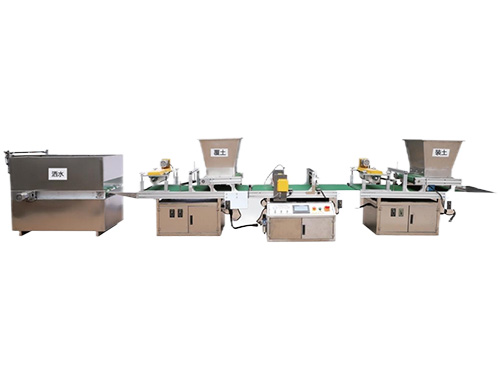
It adopts electrical integration and can be started by pressing the fully automatic button ...
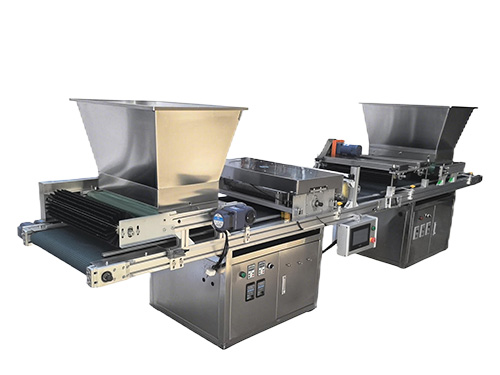
The XP750 seeder has stable performance, excellent product quality, simple and convenient o...
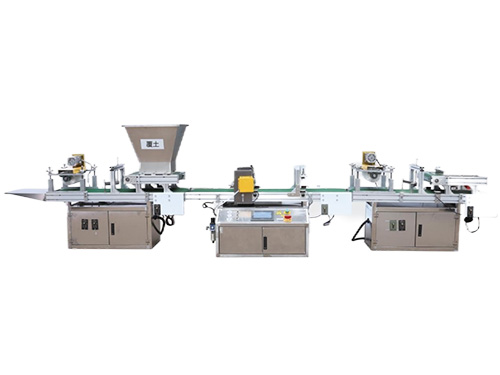
It adopts electrical integration and can be started by pressing the fully automatic button ...



